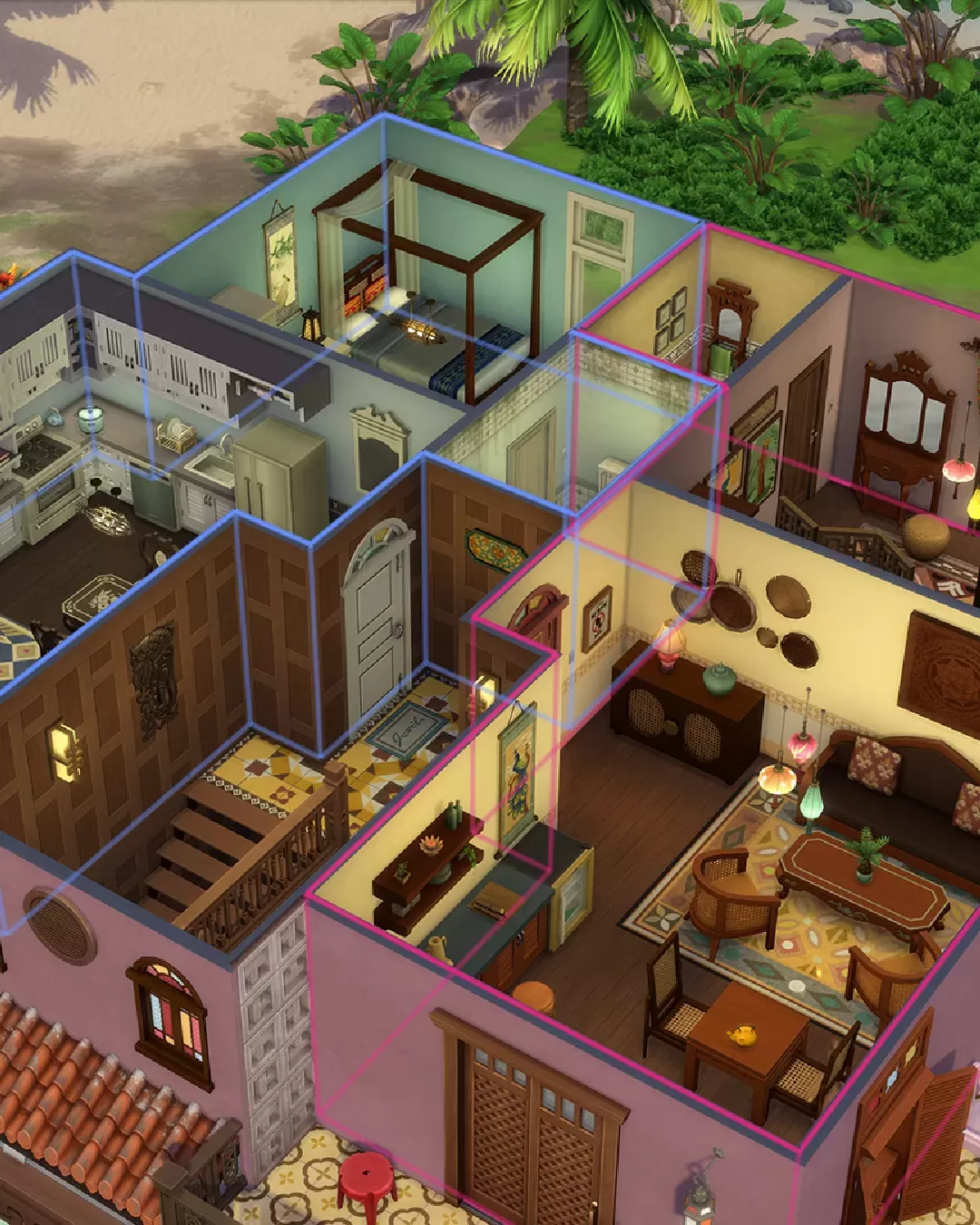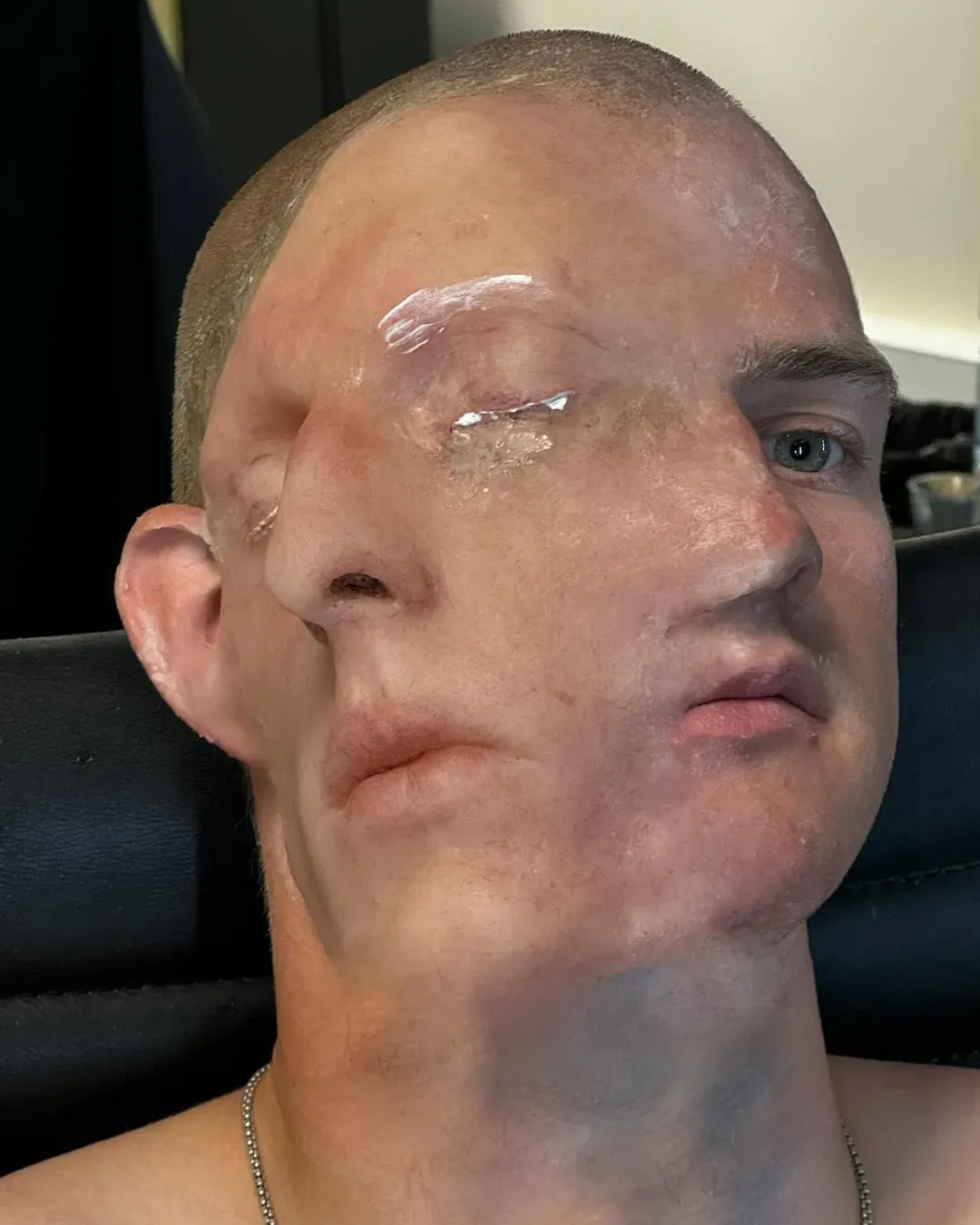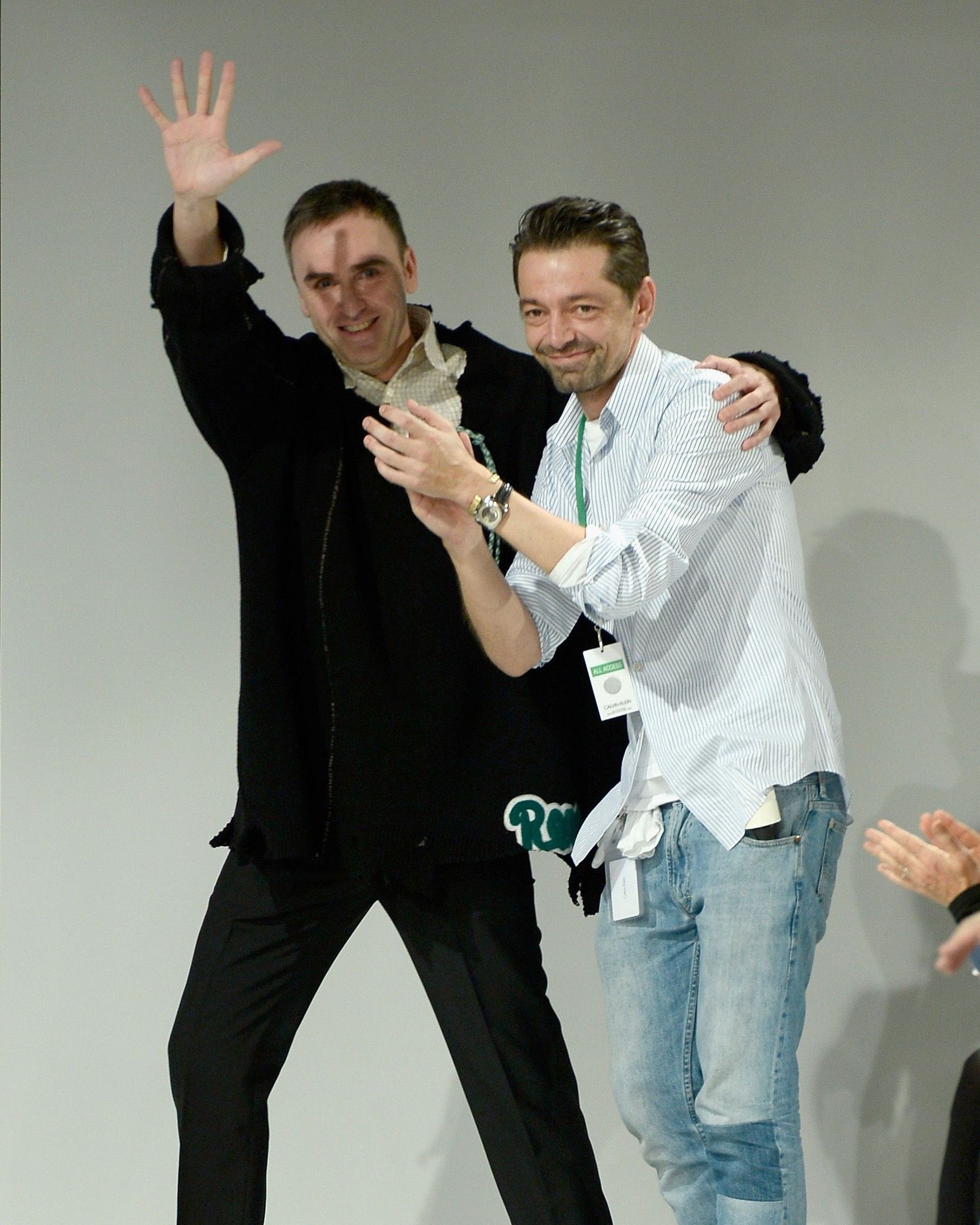
Interior design underestimated The Sims How the game-ification of design started from the most famous game of the 2000s
For years, interior design was seen as an elitist field dominated by architects and technical processes. High costs, long implementation times, and a steep learning curve for professional tools made access to the world of design a privilege for the few. Then came The Sims: it was the year 2000, and while the world labeled it a simple life simulator, the game was quietly starting a revolution by placing furniture at the center of the user experience and turning every player into a potential interior designer. No CAD, no briefs to follow, no real-world constraints or fear of making mistakes. Just creative freedom, intuitive interfaces, and a user experience (UX) that, in hindsight, anticipated by twenty years what we now call user-generated design. This immediacy, combined with the ability to demolish and rebuild without costs or permits, removed psychological and technical barriers, encouraging exploration and aesthetic curiosity well before the term «user experience» became ubiquitous in everyday language. While professionals were still grappling with complex technical drawings and expensive CAD software, the average The Sims player could design their dream home in a few clicks, experimenting with styles, layouts, and color combinations with disarming ease. Today, the gamification of interior design has become a real trend, driven by artificial intelligence and a new generation of apps and startups. But we already had the answer twenty years ago, with The Sims.
@clarissanadia I would spend hours building my sim’s home #sims #sims4 #thesims #interiordesign #interiordesigner Confidence (sped up version) - Ocean Alley
The Scandinavian company Studio 555, an app coming in 2026 founded by former developers from King, Supercell, and Rovio, has raised over 4 million euros in funding, promising an experience like a «3D Pinterest» or a «TikTok for interiors.» Everything is drag-and-play, instant personalization, rooms shareable as Reels, and feeds ready for the algorithm. But Studio 555's success isn’t the only example of how design has become a virtual game: RoomGPT now exceeds 2 million users, while Decor8 AI and MyRoomDesigner generate renders and moodboards in seconds. Artificial intelligence acts as an invisible copilot, not only accelerating image generation (a concept that once took hours can now be created in 30–60 seconds), but also learning from the user's choices to provide personalized suggestions, optimize layouts based on predefined criteria, or even generate styles from simple text inputs. This makes the experience even more intuitive and “magical,” simulating the presence of a virtual design assistant that responds in real time to the player-designer’s creative needs. Today, 87% of digital engagement happens via video. This gamification of the creative process is not just simplification, but a true strategy to increase user engagement. Through elements like challenges, leaderboards, or the simple visual gratification of a final render, apps turn a potentially complex task into a fun activity. This not only broadens the base of potential users but makes them active participants in the creative process, encouraging curiosity and aesthetic exploration that would otherwise be out of reach. Meanwhile, hashtags like #DesignGame, #RoomMakeoverChallenge, and #SimsInspired dominate TikTok.
The Sims 4: Dream Home Decorator, released in 2021, even introduces the career of a virtual interior designer, complete with briefs, budgets, constraints, and clients — EA had figured it all out. While Canva, Runway, Adobe Firefly, and even Figma integrate AI and simplified UIs, digital creativity embraces an “experiment-repeat-share” aesthetic that The Sims had already codified at the dawn of the new millennium. Canva, with its drag-and-drop interface and AI features, has enabled millions of people without graphic design skills to create quality designs, now extending this democratization to space layouts and virtual moodboards. Meanwhile, some industry studies indicate that a significant percentage (about 70%) of interior design studios intend to adopt more participatory tools within the next two years. While exact figures may vary across sources, the trend is clear. Gamified interior design apps have seen a surge in downloads in recent years, signaling growing interest from users. The focus is no longer just on technical skills but also on personal taste, but if design becomes a game accessible to all, what will be the role of technical competence and professional training?
@sim.terior New house - NO CC
Perhaps the value will shift from mere technical execution to the ability to refine taste, to curate aesthetics, and to translate a visual idea into a feasible and functional solution. Competence doesn’t disappear, but evolves, becoming the art of discerning among infinite generated possibilities, elevating the “game” into true art. But the real point is this: if today’s design seeks accessible, socially driven, and engaging tools, The Sims already did it. Did we realize it too late? Did we underestimate it? Meanwhile, content creators furnish virtual rooms, share digital projects, and inspire real-world trends. Furniture brands, traditionally focused on physical production, are beginning to understand the value of user-generated content and have started offering digital libraries of their products within the apps people play with, launching design challenges with real prizes or analyzing trends emerging from virtual communities. Will the future of design really be for everyone? Maybe, but in a way, it already was. We just didn’t call it design. We called it playing.












































